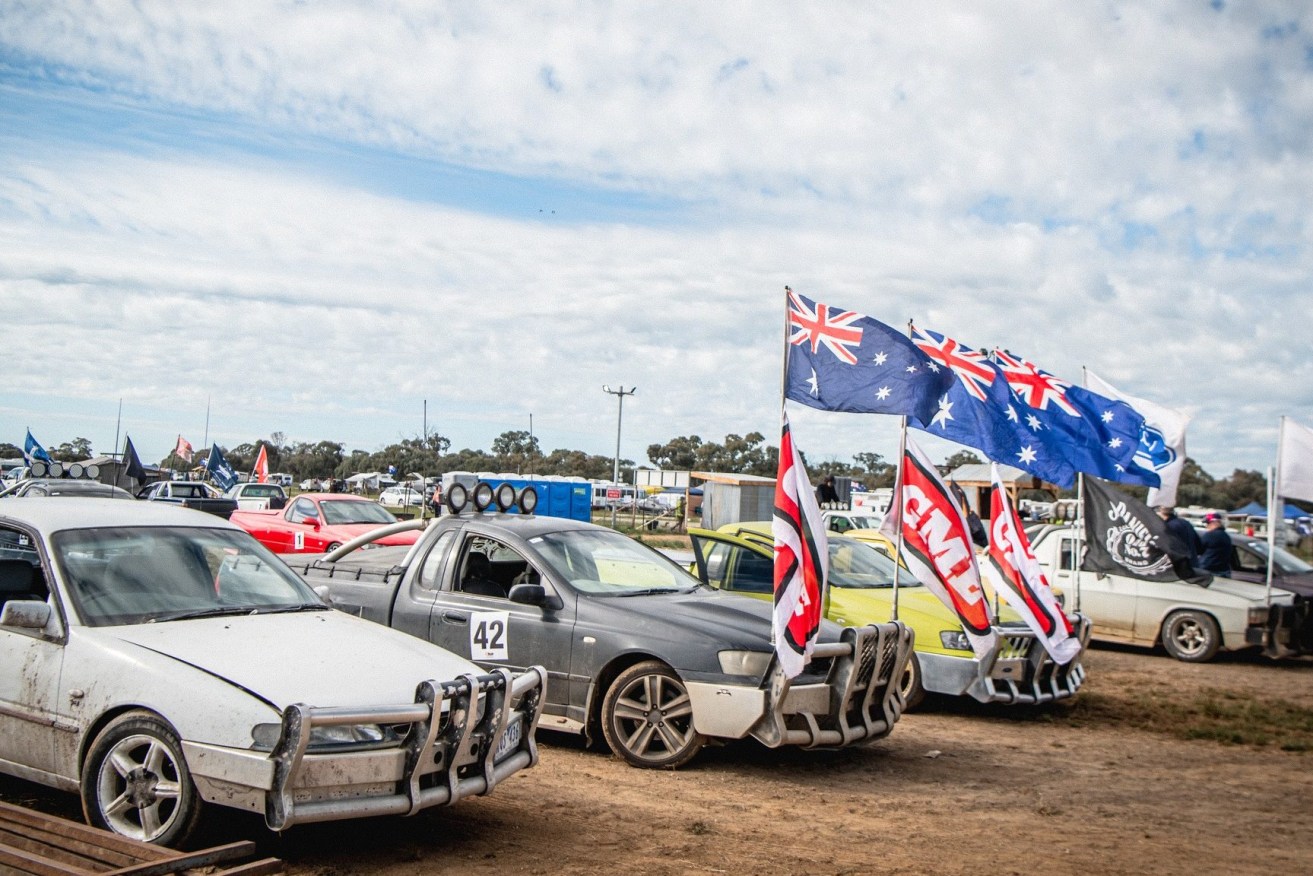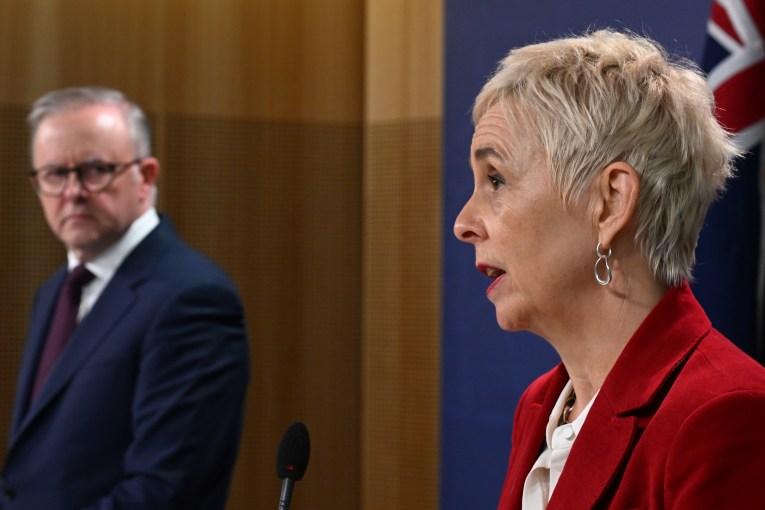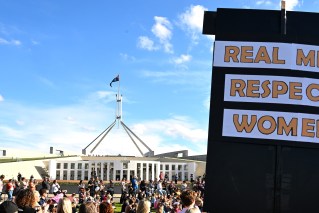The dual cab made me do it: How the humble ute became climate’s public enemy number one
Australia’s love for dual-cab utes, large SUVs and older vehicles is making the country one of the biggest petrol consumers in the world and urgent changes are required to ensure Australia met its 2030 climate goals, a new report warns.

Five of the top 10 best-selling vehicles in Australia were dual-cab utes, the report found, while three were SUVs and only two were small passenger cars. (Image: Deniliquin Ute Muster)
But the analysis, prepared by The Australia Institute, also found motorists could save $13 billion a year and cut transport emissions by 24 per cent if the country adopted moderate reforms such as those used in the United Kingdom.
Authors also recommended changes to Australia’s tax rebates on vehicles, charging for registration based on emissions, continued subsidies for electric and hybrid vehicles and the introduction of a fuel efficiency standard.
The study comes as the industry waits for a federal government response to the National Electric Vehicle Strategy consultation, which was expected to be released before the May budget.
The new report, In Reverse, found Australia’s transport emissions had grown by 17 per cent since 2000 while countries including the US, UK and Japan had reduced their emissions.
Australia’s fleet was 24 per cent less fuel efficient than vehicles in the UK, it found, and motorists could save $9 billion in fuel costs for cars and SUVs and $4 billion for light commercial vehicles if it adopted UK policies.
Co-author and The Australia Institute senior economist Matt Grudnoff said a significant share of transport emissions had been fuelled by “poorly targeted tax incentives encouraging Australians to drive large, inefficient, dual-cab utes”.
Five of the top 10 best-selling vehicles in Australia were dual-cab utes, the report found, while three were SUVs and only two were small passenger cars.
Grudnoff said the government would need to change tax offsets and expense policies for high-emitting vehicles if it was to meet its goal of cutting 43 per cent of carbon emissions by 2030.
“Australia could make significant emissions reductions by simply driving more fuel-efficient vehicles and save billions of dollars in fuel costs,” he said.
The report recommended changes to the way Australia tested vehicle emissions to meet international standards, a commitment to transition all government fleets to electric vehicles by 2030 and the introduction of a fuel efficiency standard to encourage car brands to bring more zero-emission vehicles to Australia.
Some of the recommendations were discussed in the National Electric Vehicle Strategy consultation, which attracted more than 500 submissions in October last year.
A government response is expected within weeks.
But Electric Vehicle Council chief executive Behyad Jafari said Australia was one of the last developed nations without a fuel efficiency standard and if it had been introduced earlier the country could have “tens of thousands more EVs on the road” now.
Electric vehicles made up 6.8 per cent of all new car sales in Australia in February, according to the Federal Chamber of Automotive Industries, and 3.8 per cent of sales in 2022.












